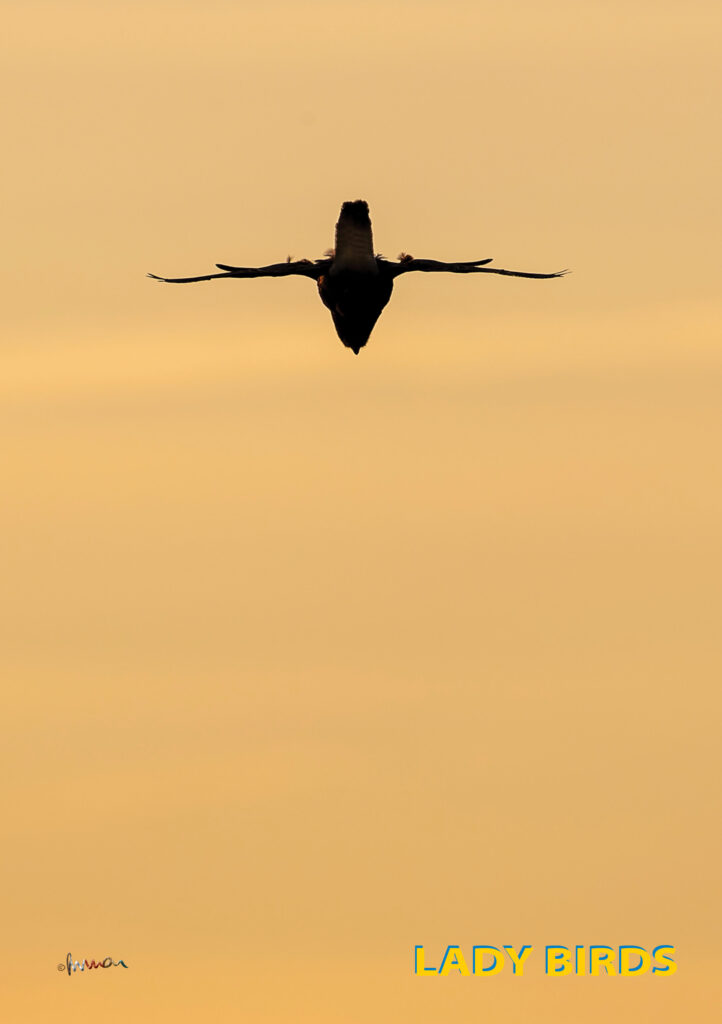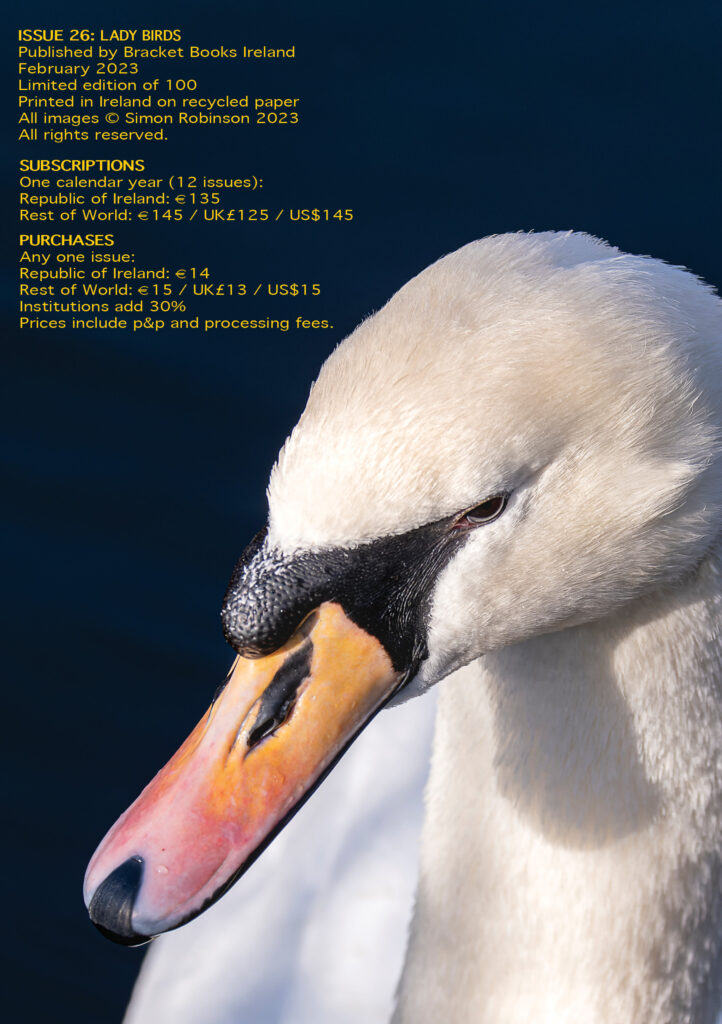A question like “Why have there been no great women artists?” implies inadequacy in the 50% of the human population that births everyone. One wonders if perceptions have improved since Linda Nochlin posed the question in 1971.


Available now from Bracket Books Ireland at outlets like FabHappy or WalkingCommentary.
The Human Genome Project resulted in the publication of the inherited lexicon of a human being suggesting that there is so much variety that everyone alive today is different, not only from everyone else, but from everyone who has ever lived or ever will live. The first genome map, published in 2003, was male.
You might be tempted to ask “Why have there been no great women scientists?”. Rosalind Franklin’s work was central to the understanding of the molecular structures of DNA and RNA. She died, overlooked, in 1958 aged 37. Her male collaborators got Nobel prizes. My own university, Trinity College Dublin, has four new busts of women, one of whom is Franklin. A new public holiday in Ireland, a day off in February in honour of St Brigid, the nation’s matron saint, was inaugurated in 2023, some 1500 years after her death. That first holiday was marked by the unveiling of the four new busts in February 2023; the forty busts already in the Long Library were all men.
International Women’s Day (March 8th) highlights the continuing need to accelerate women’s equality. IWD was adopted by the United Nations in 1977, some sixty-six years after International Women’s Day was honoured for the first time across Europe, calling for women to have the right to vote and to hold public office together with a ban on sex discrimination in employment.
Seeing a peacock recently reminded me of the obvious gender differences among the avian species. And that people often overlook the female birds. To be fair, some avian dimorphism is about the camouflage needed to hide from predators. But there is more than one type of dimorphism and some forms are more elaborate than others.
It’s not uncommon for female avian predators to be much larger than the males. Among falcons, males can spend twice as much time incubating clutches as females: size isn’t just about protecting the young.
Plumage-colour dimorphism is more complicated and much less understood. The predominant explanation for such dimorphism remains focused on signalling theory, sensory environment and sexual selection.
So much of our understanding of birds is handicapped by the assumption that they have the same senses as humans. For example, we have three cone types in our eyes. Birds have a fourth type, UV, and many more cones than us.
Perhaps I should have taken these photographs in ultra-violet light?
The Bracket Books chapbooks are available for online purchase through FabHappy but perhaps you’d prefer to enquire here. They’re published each calendar month, each copy uniquely numbered and posted at the end of each month. Prices include packaging, delivery, all currency and inflation risks.
2023 SUBSCRIPTIONS
One calendar year (12 issues):
Republic of Ireland: €135
Rest of World: €145 / UK£125 / US$145
Any one issue:
Republic of Ireland: €14
Rest of World: €15 / UK£13 / US$15
Institutions add 30%

Wonderful idea at such a perfect time – Brigid’s month and coming up to International Women’s Day.
And beautiful images too … as ever.
Thanks, Simon.